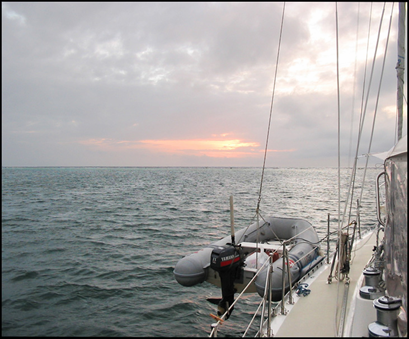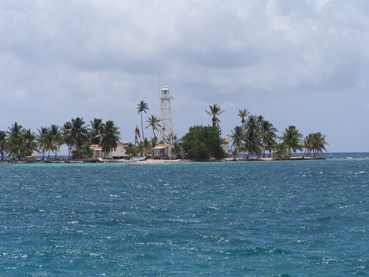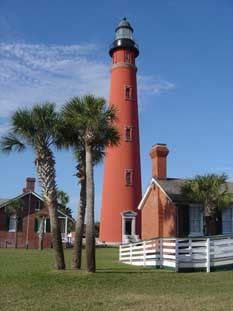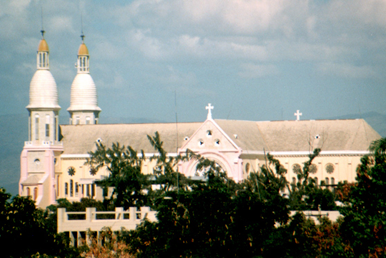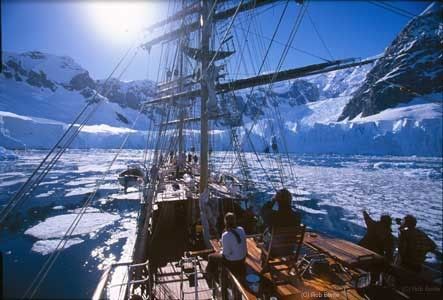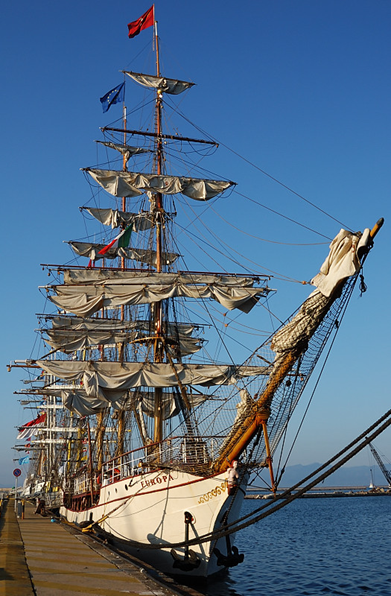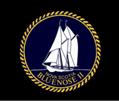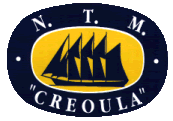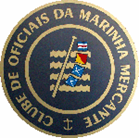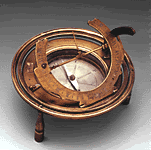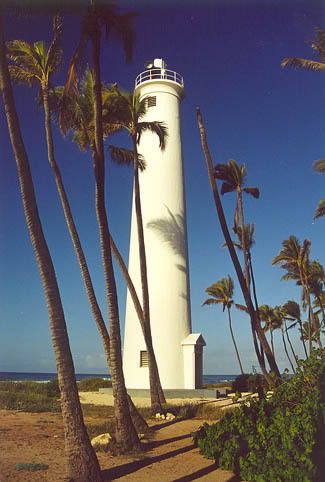
Having a landmark or prominence named after you is typically considered an honor, however, in the case of Barbers Point, it is doubtful that such was the case. On October 31, 1796, the brig Arthur, captained by Henry Barber, was sailing west from Honolulu to Canton with a load of sea otter pelts aboard. Shortly after leaving Honolulu, the Arthur struck a coral reef that extends roughly a mile from the southwest tip of the island of Oahu. Six of the crew of twenty-two along with the ship were lost in the wreck. Since the wreck, the point has been associated with the captain of the ill-fated vessel. In 1968, the U.S. Board of Geographic Names dropped the apostrophe, changing the name from Barber's Point to Barbers Point.
A sum of $2,500 was appropriated in 1880 for the construction of a light at the point, and soon thereafter a French company was contracted to supply a fourth-order Fresnel lens along with the lamps and lantern room for the proposed tower. By the time the lighthouse hardware arrived from France, the lighthouse funds were depleted, and the shipment was placed in storage.
Six years passed before funds were provided to construct the tower. During the first part of 1888, a forty-two-foot tower was constructed of coral stone laid in a cement mortar. Upon completion, the tower was painted white and topped with the red lantern room. The first keeper, a Mr. Thurston, assumed responsibility for maintaining light on April 9th 1888. As the area around the lighthouse became populated, the characteristic of the light was changed from fixed white to flashing white to make the light more distinguishable from other lights in the area. By 1930, the tower was showing signs of deterioration and plans were made to replace the structure. An appropriation of $20,000 was secured in 1933 for erecting a seventy-two-foot, concrete, cylindrical tower next to the original one. At the same time, generators were installed at the station to supply electricity to both the lighthouse and the keepers' dwellings. The lens was transferred from the old tower to the new one, where it was first lit on December 29, 1933. With a crowd of interested spectators looking on, a cut was made in the coral stone on one side of the old tower, causing it to topple over.
On April 15, 1964, the Fresnel lens was replaced by a thirty-six-inch airway beacon, and the last keeper Fred Robins left the now automated lighthouse later that year on December 7th. Robins had three stints of service at the lighthouse. Following in his father's and grandfather's footsteps, Robins became a lighthouse keeper, and at the age of 16 was assigned to serve at Barbers Point. After enduring two years of isolation at the lighthouse, the young Robins quit to join the Merchant Marines. However, in 1930 he rejoined the Lighthouse Service and was again assigned to Barbers Point. After three years at Barbers Point, Robins went on to serve at lighthouses on Kaua`i and Moloka`i, before returning to Barbers Point for eleven more years of service.
The lantern room was removed from the tower probably when it was automated. In 1985, the airway beacon was replaced by a Double Barreled Rotating Optic Directional Code Beacon (DCB-224), which increased the range of the light to twenty-four nautical miles.
Located on Barbers Point, west of Honolulu.
Latitude: 21.2995
Longitude: -158.1082
www.lighthousefriends.com
